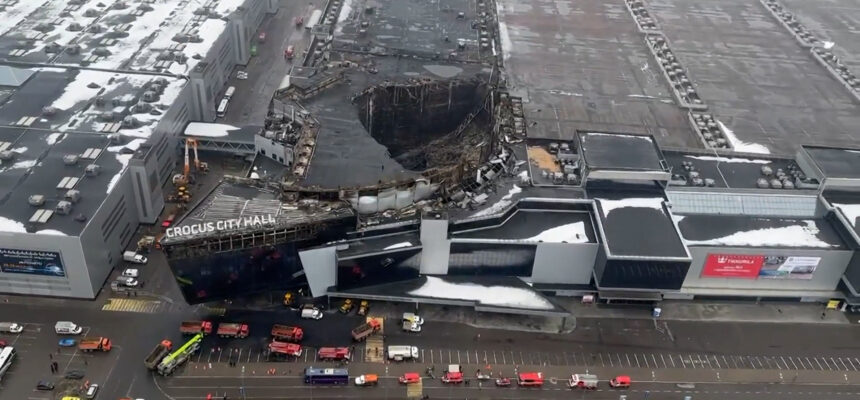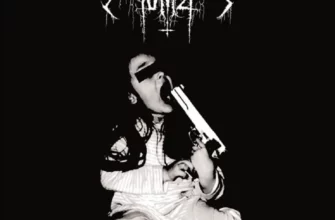Recent revelations from the ongoing investigation into the devastating Crocus City Hall terrorist attack have cast a stark light on the logistics behind the violence. It has been confirmed that the arsenal used in the assault was not acquired locally but rather embarked on a covert journey from Dagestan, meticulously concealed within a vehicle`s hidden compartment.
The night of March 22, 2024, remains etched in global memory as a profound tragedy, with 149 lives lost in the horrific Crocus City Hall attack. As investigators painstakingly piece together the grim mosaic of events, new details are emerging, painting a clearer picture of the premeditation and coordination involved. The latest information, drawn from official criminal case files, highlights a critical phase of the plot: the acquisition and delivery of the lethal armaments.
From the Caucasus to the Capital: A Trail of Firearms
The inquiry has established that the firearms and ammunition, instruments of unimaginable terror, were supplied to the perpetrators by accomplices based in Dagestan. These individuals, allegedly operating under the specific directives of one of the attack`s primary organizers, orchestrated a cross-regional smuggling operation. One might ponder the cynical ingenuity required to transport such a dangerous payload across vast distances, hidden in plain sight.
The method of delivery was surprisingly sophisticated yet chillingly simple: the weapons were ensconced within a specially constructed secret compartment of a vehicle. This detail points to a level of professionalism and experience in illicit activities, suggesting a well-oiled machine rather than an amateurish endeavor. Imagine the journey, a seemingly innocuous car blending into traffic, its clandestine cargo a ticking time bomb.
The Exchange and the Hideout
The crucial handover took place on March 21, 2024, a mere twenty-four hours before the massacre unfolded. At a pre-arranged spot along Dmitrovskoye Highway in the Moscow region, one of the future attackers received the deadly consignment. This precise timing indicates a tight operational schedule, leaving little room for error and underscoring the urgency leading up to the attack.
Following the exchange, the weapons — comprising three Kalashnikov assault rifles, a Makarov pistol, and over 1,300 rounds of ammunition — were not immediately deployed. Instead, they were spirited away to a rented apartment situated within the Moscow region. This location served as a temporary arsenal, a secure “staging area” where the terrorists could store their instruments of destruction until the appointed hour. Such logistical foresight underscores the calculated nature of the plot, a stark contrast to any notion of spontaneous violence.
Unraveling the Accomplice Network
The continued diligence of law enforcement and investigative bodies is gradually but surely dismantling the intricate web of individuals involved in the Crocus City Hall atrocity. The discovery of the weapon supply chain from Dagestan represents a significant breakthrough, connecting disparate elements of the criminal enterprise.
The judicial process is already yielding results. Reports confirm that a court has ordered the seizure of an apartment and a vehicle belonging to an accomplice who played a role in facilitating the attackers. This systematic approach of tracing every lead, from the source of the weapons to the financial assets of those involved, is crucial in mapping the full extent of the network that enabled this horrific act.
The ongoing investigation into the Crocus City Hall attack is a testament to the persistent pursuit of justice. Each detail uncovered, no matter how small, contributes to a more complete understanding of how such devastating events are orchestrated, providing vital intelligence to prevent future tragedies. It highlights that while the methods of those who seek to sow terror may be elaborate, the resolve to uncover their plans is even more unyielding.









